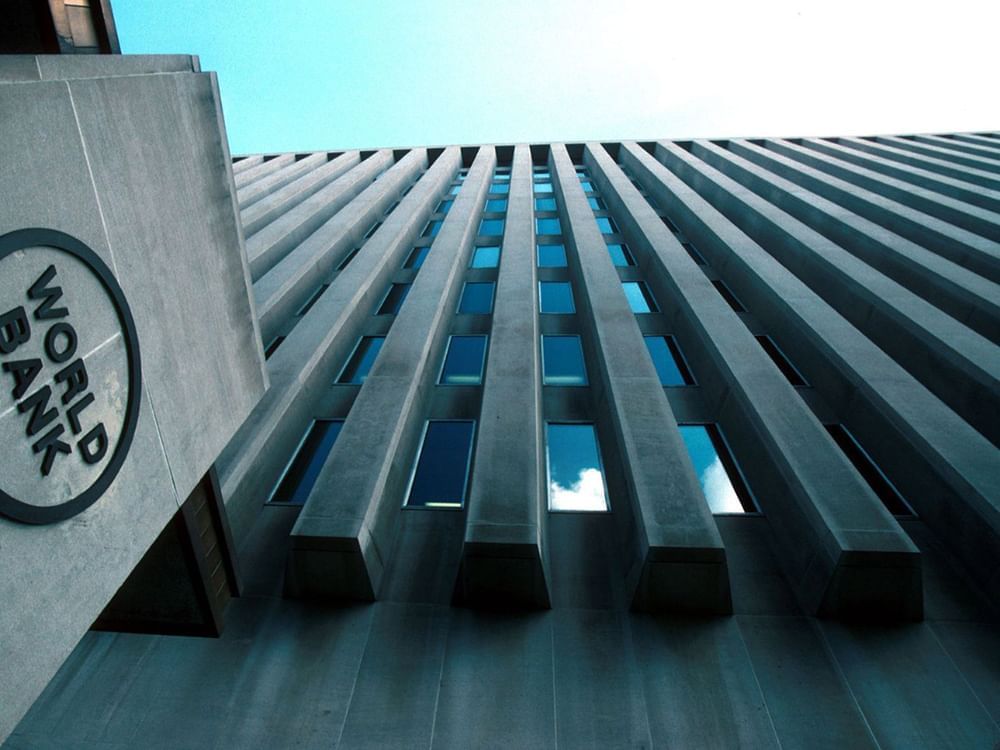Washington, United States — The world’s developing countries paid a record $1.4 trillion to service their debts last year, as high lending rates pushed interest costs to a two-decade high, the World Bank said Tuesday.
The poorest countries paid out more than $96 billion to service their debts, the Bank announced in its latest report on international debt, noting that interest costs alone amounted to almost $35 billion.
The high cost of servicing foreign debt has pushed many developing countries to borrow more money from multilateral institutions like the World Bank, stretching their finances.
“In highly indebted poor countries, multilateral development banks are now acting as a lender of last resort, a role they were not designed to serve,” World Bank chief economist Indermit Gill said in a statement.
“Except for funds from the World Bank and other multilateral institutions, money is flowing out of poor economies when it should be flowing in,” he added.
The World Bank report noted that high interest rates have been a key driver of the rising cost of servicing foreign debt, with the rate paid on loans from official creditors doubling to more than four percent.
Rates charged by private creditors were even worse, rising to a 15-year high of six percent — an increase of more than one percentage point.
Although interest rates have started to come down in many advanced economies, including the United States, overall, “they are expected to remain above the average that prevailed in the decade before COVID-19,” the Bank said in a statement.







